Wedding photography is a unique blend of portrait, event, and documentary photography. To capture the wide range of emotions, details, and key moments at a wedding, having the right equipment, especially lenses, is crucial. While many factors affect how a photo turns out, the lens you choose plays a vital role in determining the quality, sharpness, and depth of your images. Below, we explore the five must-have lenses for any wedding photographer.
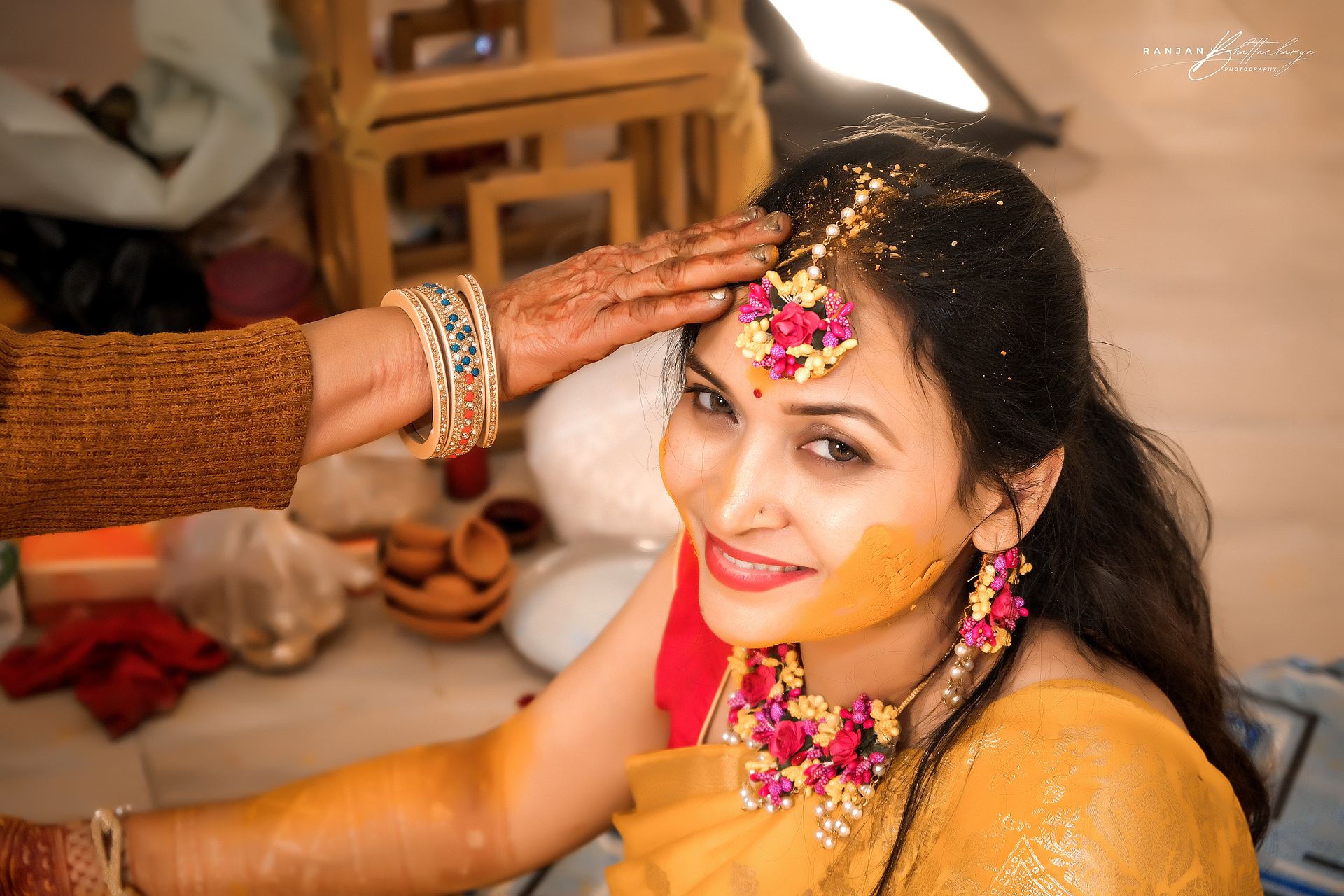
1. 50mm f/1.2 or f/1.4 Prime Lens: The Portrait King
The 50mm prime lens is often called the "nifty fifty," and it’s a staple in wedding photography for good reason. This lens provides a natural perspective, closely resembling what the human eye sees, making it perfect for capturing portraits that look intimate and real. The wide aperture, especially f/1.2 or f/1.4, offers stunning bokeh (background blur), which helps isolate your subjects and give a dreamy, romantic feel to the image.
Why You Need It:
- Portraits: The 50mm is one of the best lenses for shooting bridal portraits, groom shots, and couple photos. Its ability to produce sharp images with beautiful background blur makes it indispensable.
- Low-Light Performance: Weddings often take place in dimly lit environments like churches or during evening receptions. The 50mm lens, with its wide aperture, excels in these low-light conditions, allowing you to avoid using flash and maintain the ambiance.
- Versatility: This lens can be used for everything from candid moments to detail shots of rings, flowers, and decorations.
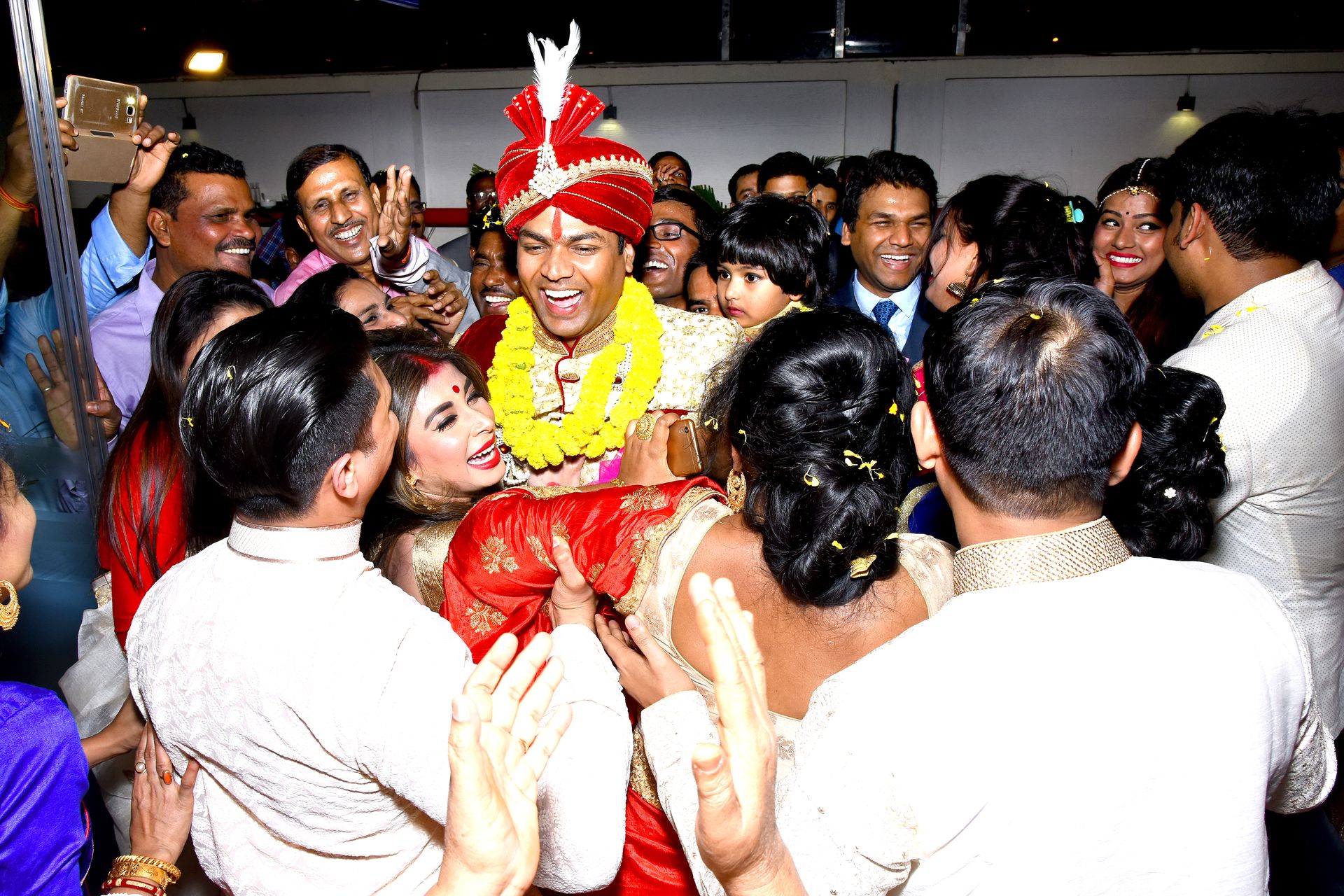
2. 24-70mm f/2.8 Zoom Lens: The All-in-One Lens
When you need a workhorse lens that can handle a variety of situations throughout the day, the 24-70mm f/2.8 is the way to go. Its focal range allows for wide-angle shots at 24mm, great for capturing large groups, while the 70mm end can be used for tighter, more intimate moments. The constant f/2.8 aperture ensures that you can shoot in lower light conditions without compromising on quality.
Why You Need It:
- Versatility: Whether you’re capturing a wide shot of the ceremony or zooming in on the couple’s first dance, the 24-70mm can do it all. It’s perfect for when you need to switch between different types of shots quickly without changing lenses.
- Group Shots: Weddings involve a lot of group photos, and the wide-angle capability of this lens makes it perfect for gathering everyone into the frame.
- Event Coverage: Since weddings are dynamic and fast-paced, you’ll often need to move quickly from one shot to the next. This zoom lens gives you the flexibility to cover the whole event without missing key moments.
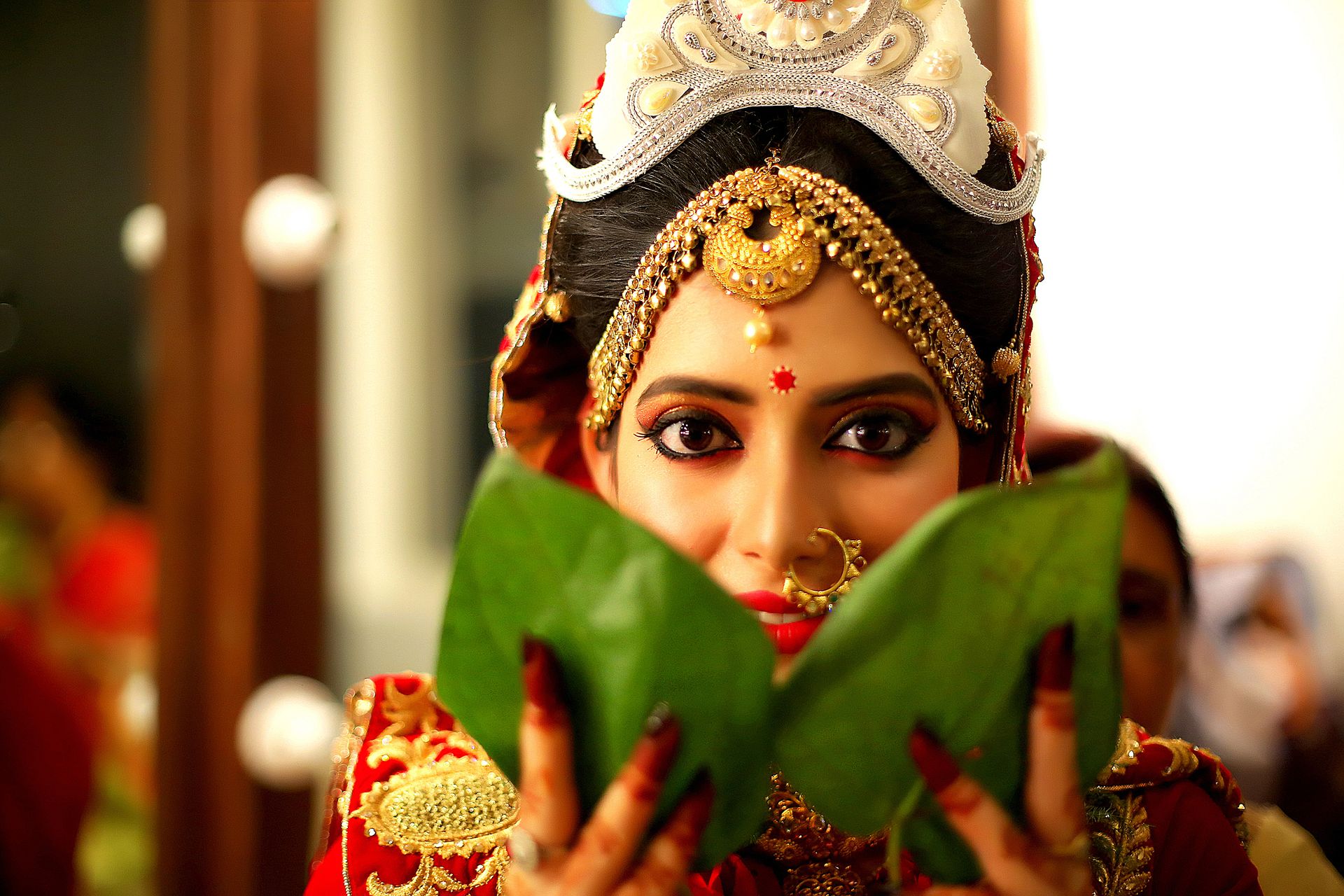
3. 70-200mm f/2.8 Telephoto Lens: The Ceremony Specialist
For those moments when you can’t be right next to the action, such as during the ceremony, the 70-200mm f/2.8 telephoto lens is a lifesaver. This lens allows you to shoot from a distance without being intrusive, making it ideal for candid moments. The shallow depth of field and beautiful compression at longer focal lengths can make your subjects stand out against the background in a visually appealing way.
Why You Need It:
- Discreet Photography: During the ceremony, photographers are often required to remain unobtrusive. With a 70-200mm lens, you can stand further back and still capture close-up shots of the couple’s expressions, the exchange of vows, or the ring ceremony.
- Portraits: This lens can also double as a portrait lens, especially when shooting outdoors. Its ability to compress the background and deliver stunning bokeh makes it great for capturing candid moments during the reception or outdoor couple sessions.
- Low-Light Capability: With its f/2.8 aperture, this lens performs well in dim lighting, whether you're shooting in a poorly lit church or at an evening reception.
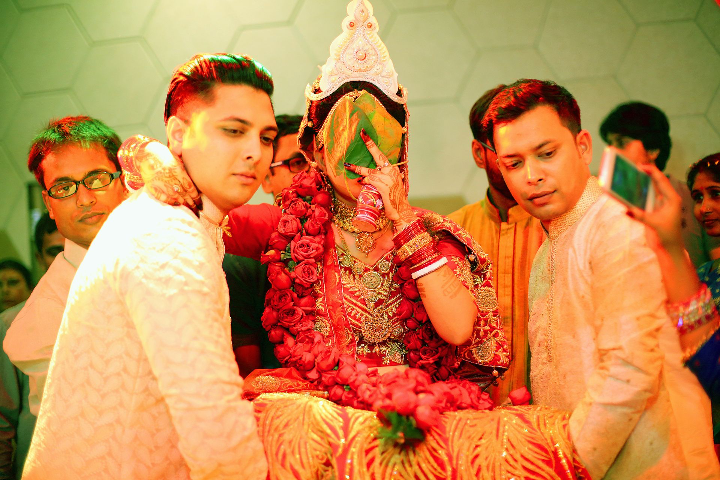
4. 35mm f/1.4 Prime Lens: The Storyteller
The 35mm prime lens is a favorite for documentary-style photography, allowing you to capture moments as they unfold in a more environmental context. This lens has a wider field of view than the 50mm, making it ideal for storytelling shots where you want to show more of the surroundings. The fast f/1.4 aperture also ensures excellent low-light performance and helps create soft, creamy bokeh.
Why You Need It:
- Storytelling Shots: The 35mm focal length is perfect for capturing the environment while still keeping the focus on your subject. Whether it's the bride getting ready, the guests mingling, or the reception venue, this lens helps tell the full story of the wedding day.
- Low-Light Performance: Similar to the 50mm, the 35mm lens excels in low-light conditions thanks to its wide aperture, making it a fantastic choice for indoor shots or evening receptions.
- Natural Perspective: This lens offers a field of view that’s close to how we see the world, making it ideal for documentary-style photography that feels real and immersive.
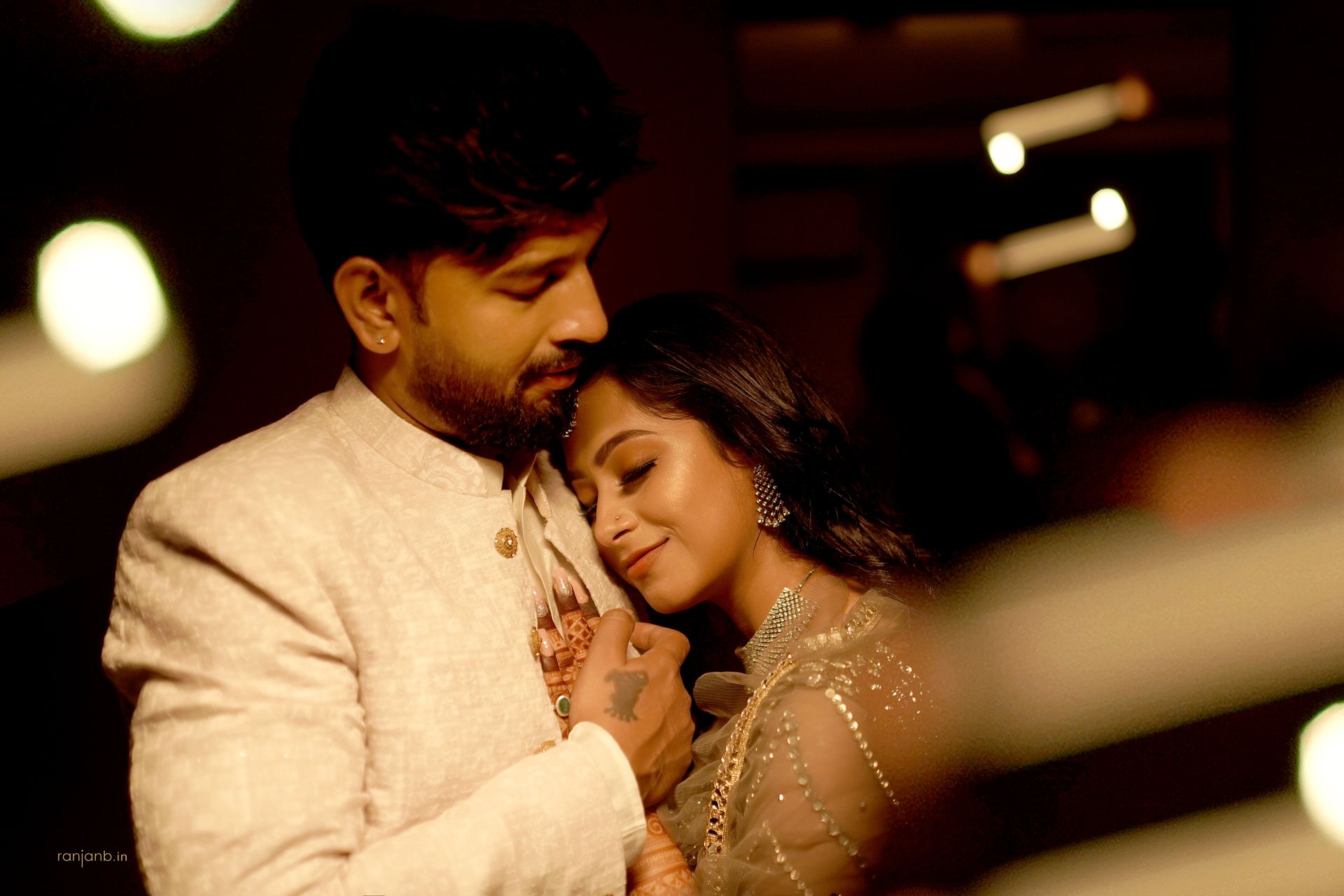
5. 85mm f/1.4 Prime Lens: The Bokeh Master
For those dreamy, romantic portraits, the 85mm f/1.4 is a must-have lens. This medium telephoto lens produces some of the most beautiful background blur, making it perfect for isolating the bride and groom from the background. Its flattering focal length also ensures that your subjects look natural and proportionate in your shots, making it a favorite among portrait photographers.
Why You Need It:
- Portraits: The 85mm focal length is one of the most flattering for portraits, making it perfect for capturing close-up shots of the bride and groom or even full-body portraits with a beautifully blurred background.
- Beautiful Bokeh: The wide f/1.4 aperture ensures that you get an incredible amount of background blur, making your subjects pop and giving your images a professional, polished look.
- Low-Light Performance: Like the other prime lenses on this list, the 85mm performs exceptionally well in low-light situations, allowing you to shoot natural-looking portraits even in dimly lit environments.
Frequently Asked Questions (FAQs)
1. Do I need all five lenses for wedding photography?
While it’s ideal to have all five lenses, you can start with a few key lenses, such as the 50mm and 24-70mm, which offer versatility and cover a wide range of needs. As you grow in experience and expand your budget, you can add more specialized lenses like the 70-200mm or 85mm.
2. Can I shoot a wedding with just prime lenses?
Yes, you can shoot a wedding with just prime lenses. Prime lenses often offer sharper images and better low-light performance. However, using prime lenses may require more lens changes, which can slow you down during fast-paced events.
3. What lens should I use for group shots?
The 24-70mm f/2.8 or a wide-angle prime lens like the 35mm is ideal for group shots. They allow you to capture a wide field of view, fitting everyone into the frame without distortion.
4. What’s the best lens for candid wedding shots?
The 35mm f/1.4 and the 70-200mm f/2.8 are great for candid shots. The 35mm allows you to capture more of the environment in a natural, documentary style, while the 70-200mm lets you shoot from a distance without being intrusive.
5. Do I need a macro lens for wedding photography?
While a macro lens isn’t essential, it’s helpful for capturing close-up shots of rings, flowers, and other small details. Some wedding photographers opt for a macro lens to ensure they can capture these intricate details.
6. What is the best lens for shooting wedding details?
The 50mm or 85mm prime lenses are great for capturing detailed shots of rings, flowers, and décor. Their ability to isolate subjects with shallow depth of field makes them perfect for these kinds of images.
5 Must-Have Lenses for Wedding Photography